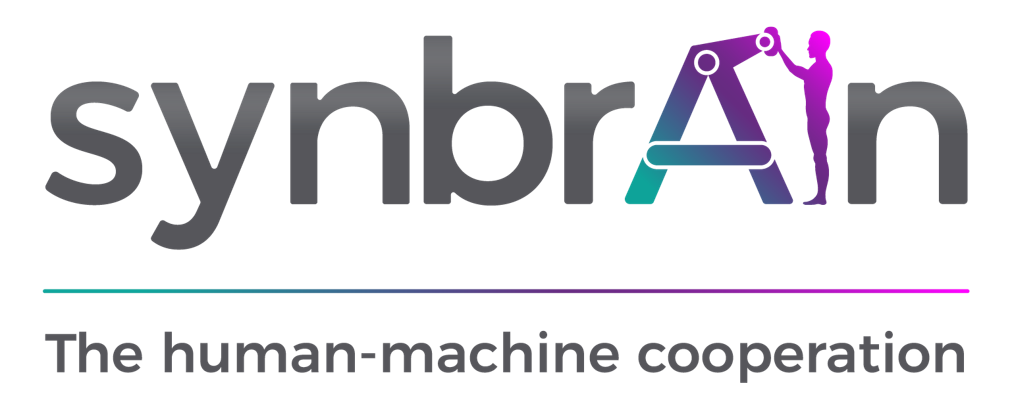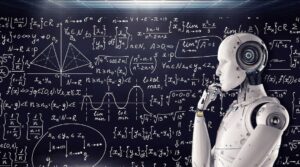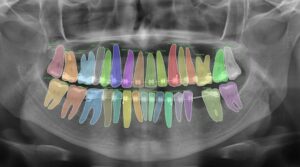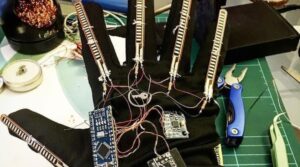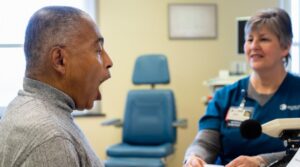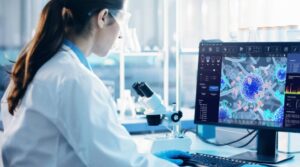Automated Stabilization, Enhancement and Capillaries Segmentation in Videocapillaroscopy
Oral capillaroscopy is a critical and non-invasive technique used to evaluate microcirculation. Its ability to observe small vessels in vivo has generated significant interest in the field. Capillaroscopy serves as an essential tool for diagnosing and prognosing various pathologies, with anatomic–pathological lesions playing a crucial role in their progression.
